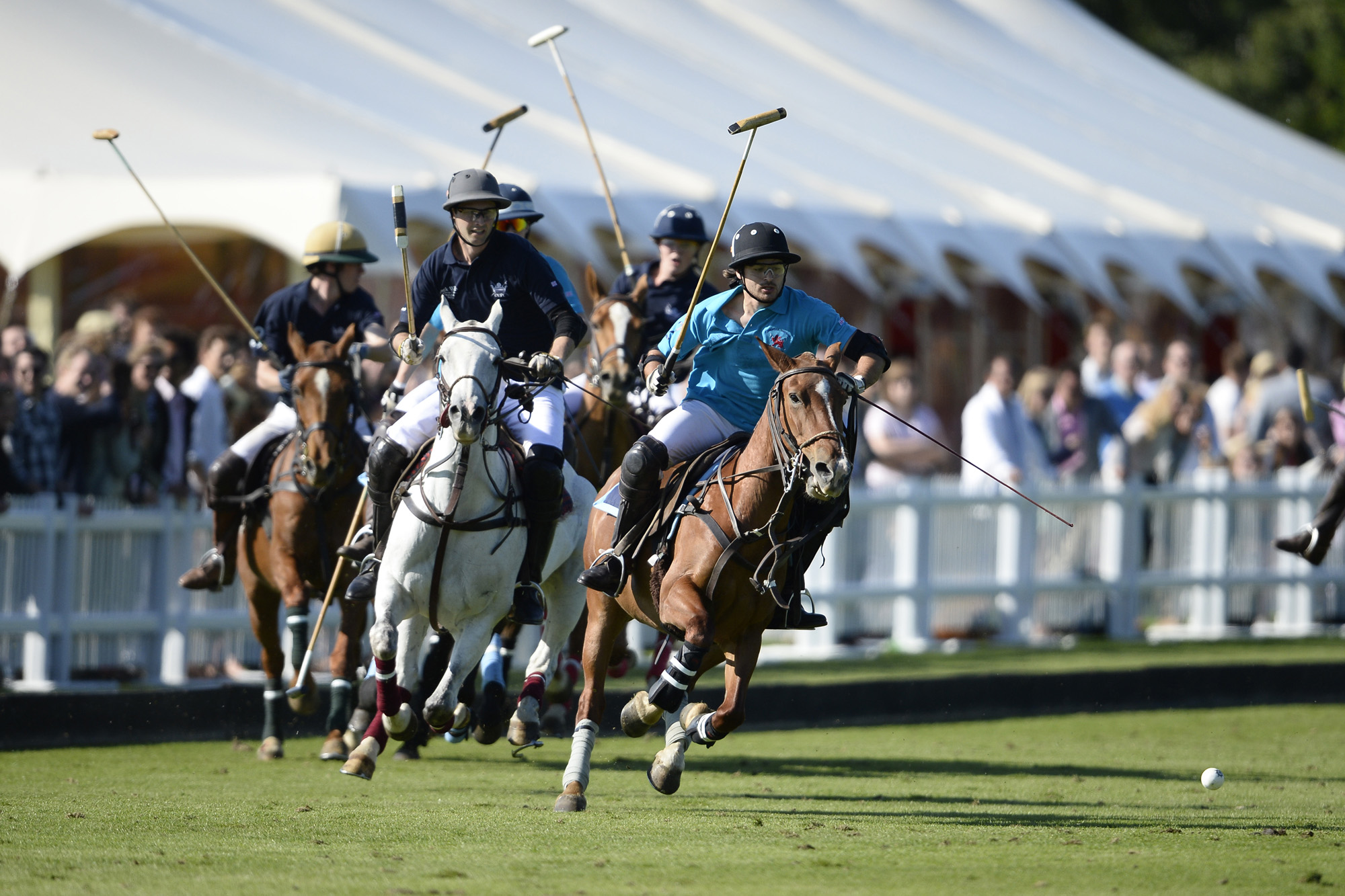How to play polo
- Introduction to Polo
- Understanding Polo Rules: Part 1
- Understanding Polo Rules: Part 2
Understanding Polo Rules: Part 2
Foul and Penalty Assessment in Polo

Equestrian team sport.
In the sport of Polo, understanding the process of identifying and assessing fouls is crucial. Fouls can significantly impact the flow of the game and the strategies employed by teams. This article will delve into the different types of fouls, corresponding penalties, the role of umpires in foul and penalty assessment, and the impact of fouls and penalties on game flow and strategy.
Types of Fouls
In Polo, fouls are primarily related to the right of way, dangerous riding, and improper use of the mallet. The right of way is determined by the path of the ball after it has been hit. Any player who crosses the right of way can be penalized for causing a foul. Dangerous riding, such as zigzagging in front of another player or pulling up abruptly, is also considered a foul. Improper use of the mallet, such as hitting the ball above shoulder height, can also lead to a foul.
Corresponding Penalties
Penalties in Polo are categorized from Penalty 1 to Penalty 10, with Penalty 1 being the most severe. Penalty 1 results in an automatic goal for the opposing team and is awarded for the most dangerous fouls or unsportsmanlike behavior. Penalties 2 to 4 are free hits from different distances from the goal, with the distance increasing as the severity of the foul decreases. Penalties 5 and 6 are free hits from the spot of the foul or the middle of the field, respectively. Penalties 7 to 10 are technical and less severe, resulting in a change of direction or a throw-in.
Role of Umpires
Umpires play a crucial role in identifying and assessing fouls. They are responsible for ensuring the safety of the players and the fairness of the game. Umpires must make quick decisions, often in high-speed situations, and their decisions can significantly impact the outcome of the game. They use a whistle to stop the game when a foul has been committed and signal the type and severity of the foul.
Impact on Game Flow and Strategy
Fouls and penalties can significantly impact the flow of the game and the strategies employed by teams. A team that commits many fouls may find themselves constantly on the defensive, trying to prevent the opposing team from scoring from penalty hits. On the other hand, a team that can play cleanly and avoid committing fouls will have more opportunities to control the ball and make offensive plays.
In conclusion, understanding fouls and penalties is crucial for anyone seeking to understand or play Polo. They are a fundamental part of the game, and understanding them can provide valuable insights into the strategies and outcomes of Polo matches.